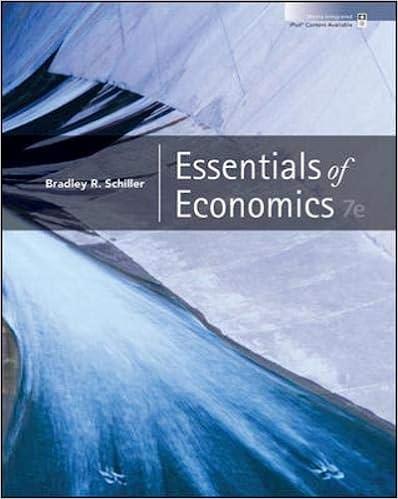Question
Please help. It's a question about non-compliance in causal inference. Suppose you are the Chief Marketing Officer for a retailer that has data on the
Please help. It's a question about non-compliance in causal inference.
Suppose you are the Chief Marketing Officer for a retailer that has data on the home addresses of its 1,000,000 most active customers. You hope to determine whether sending out "20% off your entire purchase" coupons by mail will increase revenues.
You conjecture that customers who have access to this coupon will spend more in the store over the next year. However, skeptics in your company argue that the coupons will just allow customers to spend less on items they would have purchased anyway. This is a debate that an experiment can resolve.
In thinking about how large of an experiment you need to have enough statistical power, you realize that many of the customers you send the coupons to in the mail will not open the mail and so will not realize they received the coupon.
Q1 : Make up a hypothetical set of three pairs of potential outcomes for three individuals who open the mail (Compliers) and three pairs of potential outcomes for three individuals who do not open the mail (Never-takers) such that the true ATE (the true average treatment effect across all six individuals) is negative but the true CACE (the true average treatment effect but just for the three compliers) is positive. (Hint: the way to do is to ensure there is a large negative effect among your three never-takers.) Each outcome should be "purchases over the next year, in dollars." Each person will have one such potential outcome called "if opened mail" and one called "if did not open mail." (Note that in thereal world we would only ever observe the "if did not open mail" outcomes for the never-takers, regardless of whether they were in the treatment or control groups. However, we can still imagine what their outcomes might have been if they had in fact received mail and opened it. The following subquestions will ask you why this "imaginary" set of outcomes could still be important to consider.) [5 points]
Q2: Give a concrete example in the context of this experiment about why the true ATE could be negative (if everyone were successfully treated and so knew they had the coupon) but the true CACE (so, the effect of knowing they have the coupon on those who know) positive. In other words, why could there be a negative true effect for never-takers (were we able to force them to take the treatment) but a positive true effect for compliers? [4 points]
Q3 Suppose you estimate a positive ITT and hence a positive CACE on revenue in this experiment. The CEO tells you that this means the store should cut prices for all 1,000,000 of the most active customers by 20%, not only with coupons but automatically at registers, because the experiment has shown that, in a random sample of these customers, lowering prices by 20% with the coupons has increased revenues. Assume all 1,000,000 of the most active customers would be aware of these proposed automatic discounts. Do you agree or disagree with the CEO's interpretation of the experiment? Why? [4 points]
Q4 You seek to convince your company that these coupons increase in-store sales. You can't really estimate the compliance rate in this experiment, because you don't know how many people opened the mail. But, based on an educated guess, you assume that 50% of people opened the mail and received the coupon. Based on this estimated compliance rate, you estimate that the effect of opening the coupon is a CACE of an average increase in spending in-store of $10. The head of the data science team argues that your interpretation is flawed, as their data indicates that only about 5% of people open their mail. The data science team head argues that this means the coupons were likely less effective in stimulating in-store purchases than you have argued. How would you respond? In particular, grant the data science team's alternative assumption of a 5% open rate, and describe whether you agree with their interpretation or not. [5 points]
Step by Step Solution
There are 3 Steps involved in it
Step: 1

Get Instant Access to Expert-Tailored Solutions
See step-by-step solutions with expert insights and AI powered tools for academic success
Step: 2

Step: 3

Ace Your Homework with AI
Get the answers you need in no time with our AI-driven, step-by-step assistance
Get Started


